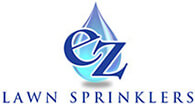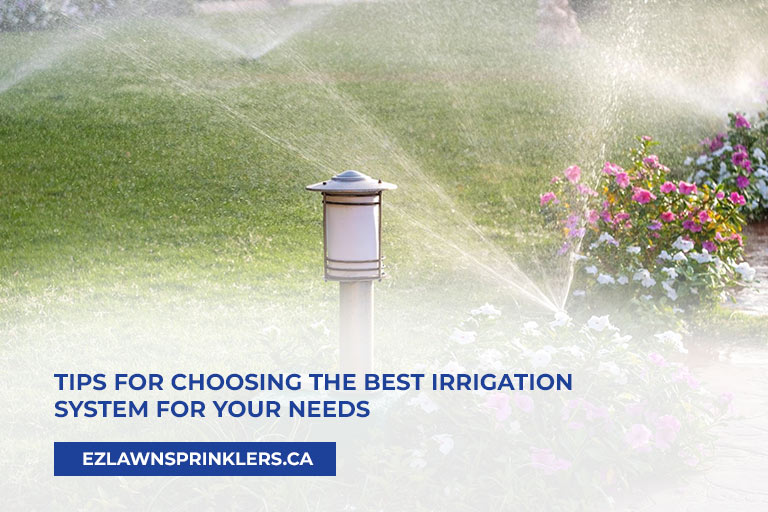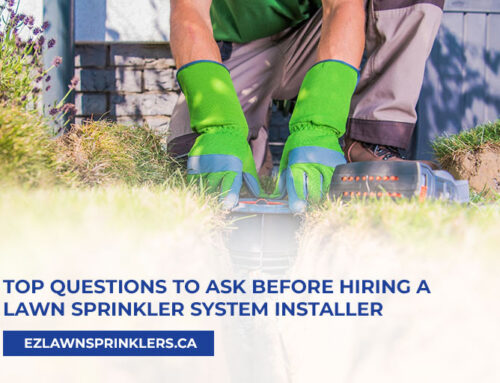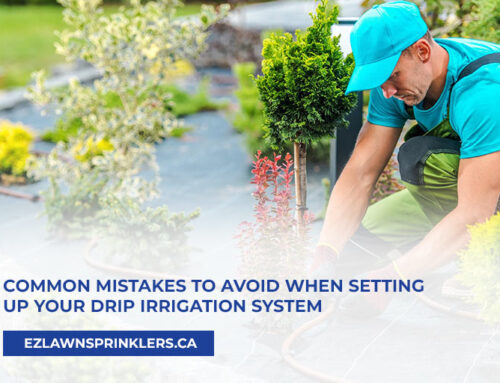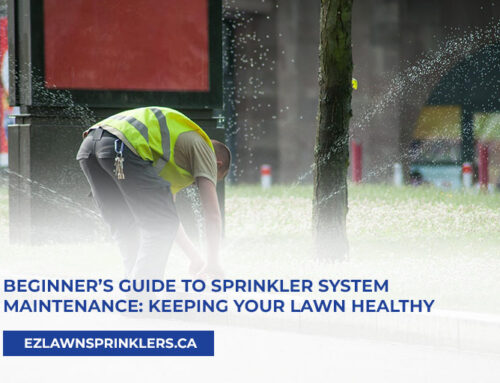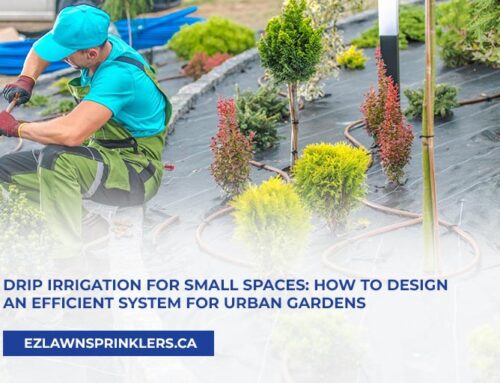An irrigation system that is dependable and customized to your garden’s requirements is necessary for maintaining a lush, colourful garden. Having a green thumb alone is not enough. A mismanaged automatic landscape irrigation system can waste up to 25,000 gallons of water a year, according to a US EPA assessment.
This staggering figure highlights the importance of choosing the right irrigation system where unique climate conditions can further impact water usage and garden health. Let’s explore essential tips to help you select the best irrigation system for your garden, ensuring efficiency, sustainability, and beautiful results.
Understand Your Garden’s Needs
Choosing the best irrigation system begins with a thorough understanding of your garden’s specific requirements. Here’s how to assess these needs effectively:
Assess the Size and Layout of Your Garden
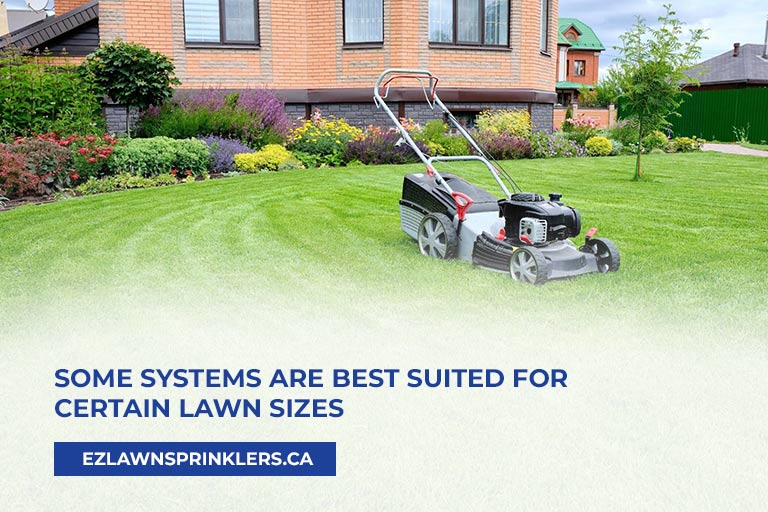
The size and shape of your garden play a crucial role in determining the type of irrigation system that will be most effective. Larger gardens might benefit from your sprinkler system in Toronto that can cover wide areas, while smaller, intricately designed gardens may need more targeted solutions like drip irrigation.
Identify the Types of Plants and Their Water Requirements
Different plants have varying water needs. For example, lawns typically require more water than flower beds, and certain shrubs or trees might need deeper watering. Grouping plants with similar water requirements together can help in choosing the most efficient irrigation system.
Consider the Soil Type and Its Water Retention Capabilities
Soil type significantly affects how water is absorbed and retained. For example, clay soils (if not correctly managed) can cause waterlogging because they retain water longer than sandy soils, which drain more quickly and may need to be watered more frequently. Understanding your soil type will help in selecting an irrigation system that delivers the right amount of water without wastage.
Consider the Types of Irrigation Systems
Selecting the right irrigation system for your garden depends on understanding the various options available and their suitability for your specific needs.
Drip Irrigation
Water is sent straight to the roots of plants with drip irrigation systems, making them perfect for precise watering. This technique minimizes runoff and evaporation, thereby reducing water waste. For landscapes with plants that require particular types of watering (such as vegetable patches, flower beds, or shrubs) drip systems are ideal.
Sprinkler Systems
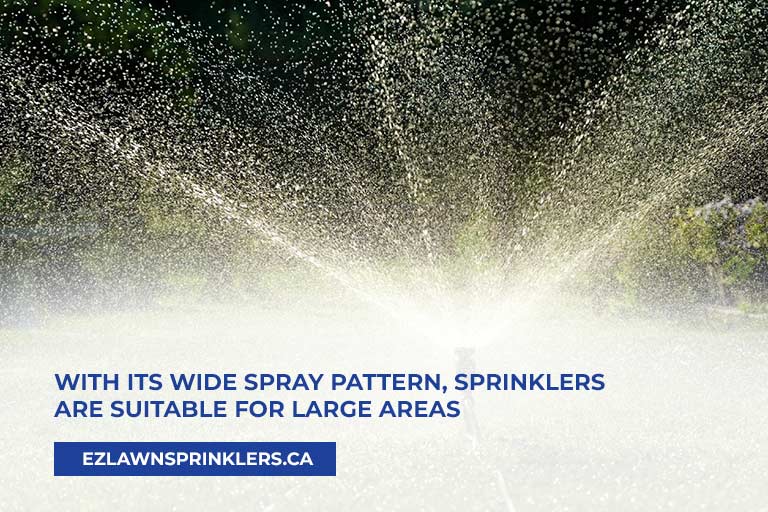
Sprinkler systems are best for larger areas, providing coverage similar to natural rainfall. They can be customized with various nozzle types and patterns to suit different garden layouts. However, sprinklers can lead to more water loss through evaporation and wind drift, so they are best used in larger, open spaces where uniform watering is essential.
Soaker Hoses
Soaker hoses are great for garden beds, delivering consistent moisture directly to the soil. These hoses allow water to seep out slowly along their length, making them efficient for watering rows of plants or densely planted areas. They are easy to install and can be moved around the garden as needed.
Manual vs. Automatic Systems
Manual irrigation systems require the gardener to turn on and off the water supply, offering more control but requiring more time and effort. Automatic systems, on the other hand, are equipped with timers and sensors to water the garden at scheduled intervals. While automatic systems are convenient and can save time, they require regular maintenance to ensure they function correctly and efficiently.
Take Into Account the Climate in Your Area
Canada’s unique climate conditions play a significant role in determining the best irrigation system for your garden. Understanding these factors can help you make informed decisions and optimize water usage.
Ontario’s Climate Patterns
Ontario experiences a temperate climate with distinct seasonal changes. Summers can be warm and dry, while winters are cold and often wet. These variations require an adaptable irrigation system that can accommodate different watering needs throughout the year.For example, during hot and dry summers, your garden may need more frequent watering, whereas in cooler and wetter months, over-watering can lead to root rot and other issues.
Importance of Seasonal Adjustments
Adjusting your irrigation schedule according to the season is crucial for maintaining a healthy garden. In spring and fall, when temperatures are moderate, you can reduce watering frequency.During the peak of summer, increase watering to ensure plants receive enough moisture. Winterizing your irrigation system before the onset of cold weather is also essential to prevent damage from freezing temperatures.
Local Rainfall and Humidity
Ontario receives a moderate amount of rainfall annually, but the distribution can be uneven. Monitoring local weather patterns and incorporating rain sensors into your irrigation system can help you make real-time adjustments, conserving water and preventing over-watering. High humidity levels can also reduce the need for frequent watering, as plants lose less water through evaporation.
Plan and Install Your System Wisely
When choosing the best irrigation system for your garden, it’s important to consider both the initial investment and long-term costs. Here’s how to go through budgeting and installation:
Cost Considerations for Different Types of Irrigation Systems
Different irrigation systems come with varying price tags. Drip irrigation systems, known for their precision, can be costlier due to the need for multiple emitters and tubing.Sprinkler systems vary in cost based on the complexity and range of coverage, with larger systems typically being more expensive.
Soaker hoses are generally more affordable but may not be suitable for all garden types. Consider your budget and the specific needs of your garden to determine the most cost-effective solution.
DIY Installation vs. Professional Installation
Installing an irrigation system can be a DIY project if you have the necessary skills and tools. DIY installation can save money but requires time and effort to ensure proper setup and functionality.On the other hand, professional installation guarantees expert placement and system configuration, often including a warranty for added peace of mind. While it comes at a higher initial cost, professional installation can prevent costly mistakes and ensure the system operates efficiently.
Maintenance Costs and Requirements
Maintenance is an ongoing cost that should be factored into your budget. Regular checks are essential to ensure that emitters and sprinklers are not clogged or damaged. Automatic systems may require periodic servicing to update timers and sensors.Additionally, seasonal maintenance, such as winterizing your system, prevents damage from freezing temperatures and prolongs the life of your irrigation setup. Understanding these costs will help you choose an irrigation system that fits within your budget while meeting your garden’s needs.
Ready to Transform Your Garden?
Choosing the right irrigation system in Leaside can make all the difference in maintaining a vibrant and healthy garden. By following this guide, you can ensure efficient and effective watering.
Ready to take the next step? Contact EZ Lawn Sprinklers at (416) 580-3939 for expert advice and professional installation. Transform your garden today with the perfect irrigation system!
